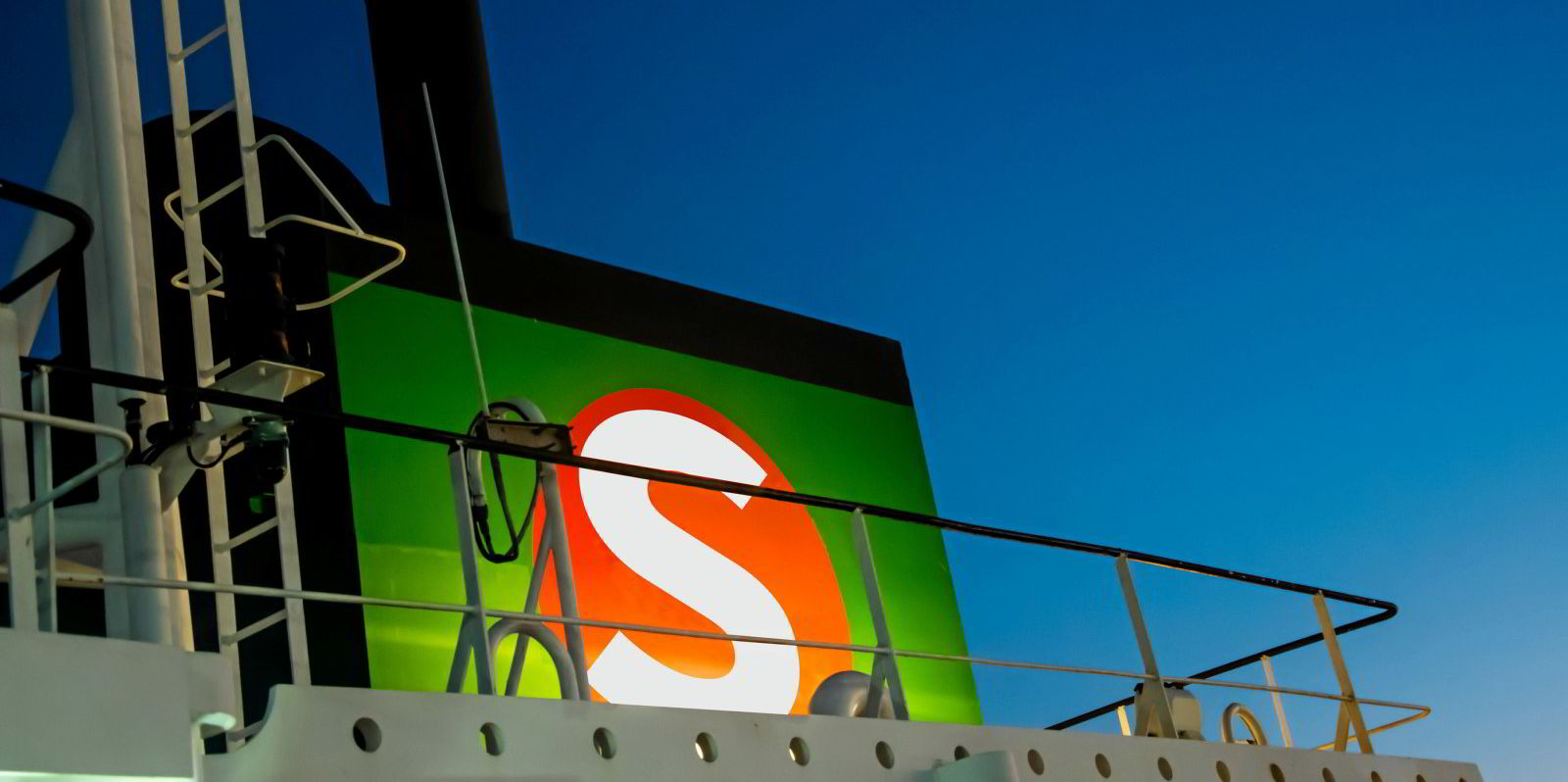Ukraine announced on Friday it is sending a third and fourth vessel through a temporary maritime corridor it set up to help trapped vessels get out of the war-torn country.
The Japanese-controlled, 178,000-dwt capesize Ocean Courtesy (built 2008) and the 58,000-dwt Anna-Theresa (built 2011) are the first vessels in the initiative to get out of the port of Yuzhnyy/Pivdennyi — a terminal closer to Russian arms than Odesa, from which the first two ships sailed last month.
According to Ukraine infrastructure minister Oleksandr Kubrakov, the two vessels are currently heading towards the Bosphorus.
The Anna-Theresa is laden with pig iron while the much larger Ocean Courtesy, a vessel registered with Japan’s Kobe Shipping, carries iron ore concentrate.
The Anna-Theresa has some similarities with the 32,600-dwt Primus (built 2006) — the vessel that last managed to get out of Ukraine on 28 August.
They both carry iron products rather than grain, which has been the object of a UN safe corridor that Russia pulled the plug from in July.
More importantly, both the Primus and the Anna-Theresa have changed management, and probably ownership as well, during their time in captivity.
The Anna-Theresa was trading as Filia Glory when it was trapped in Ukraine during the Russian invasion in February 2022 and it was under the management of Greek company Pitiousa Shipping.
Last month, however, the Filia Glory was renamed Anna-Theresa and changed its flag from Panama to Liberia under the management of new Liberian company Nova Glory.
Game of politics
Ukraine in August declared that it had opened a humanitarian corridor for ships stranded in its Black Sea ports after Russia’s withdrawal from the Black Sea Grain Initiative (BSGI).
The alternative route is closer to Ukraine’s shore and then leads through Romanian-controlled waters.
The first and most valuable of the trapped vessels to get out under the new scheme earlier this month was the 9,400-teu container ship Joseph Schulte (built 2014) — a vessel registered under the ownership of a Bernhard Schulte Shipmanagement unit in Singapore.
The second ship to leave Ukraine, the Primus, in July switched management to Blumenthal Asia, a Singapore-based unit of German shipping company Blumenthal JMK.
Russia had said that following its exit from the BSGI it would consider all kinds of commercial shipping in Ukraine as a potential military target.
Moscow has followed up on its menacing words by carrying out drone and missile attacks on Odesa and the Danube but did not directly attack any vessels going in and out of these ports.
Russia also has not visibly reacted against or objected to any of the four trapped vessels that have so far left Ukraine.
Politics may play a role in that.
Vessel trackers show the Ocean Courtesy en route to China, a country friendly to Russia. The Primus is carrying its load to Africa, the countries of which Moscow is trying to woo.





